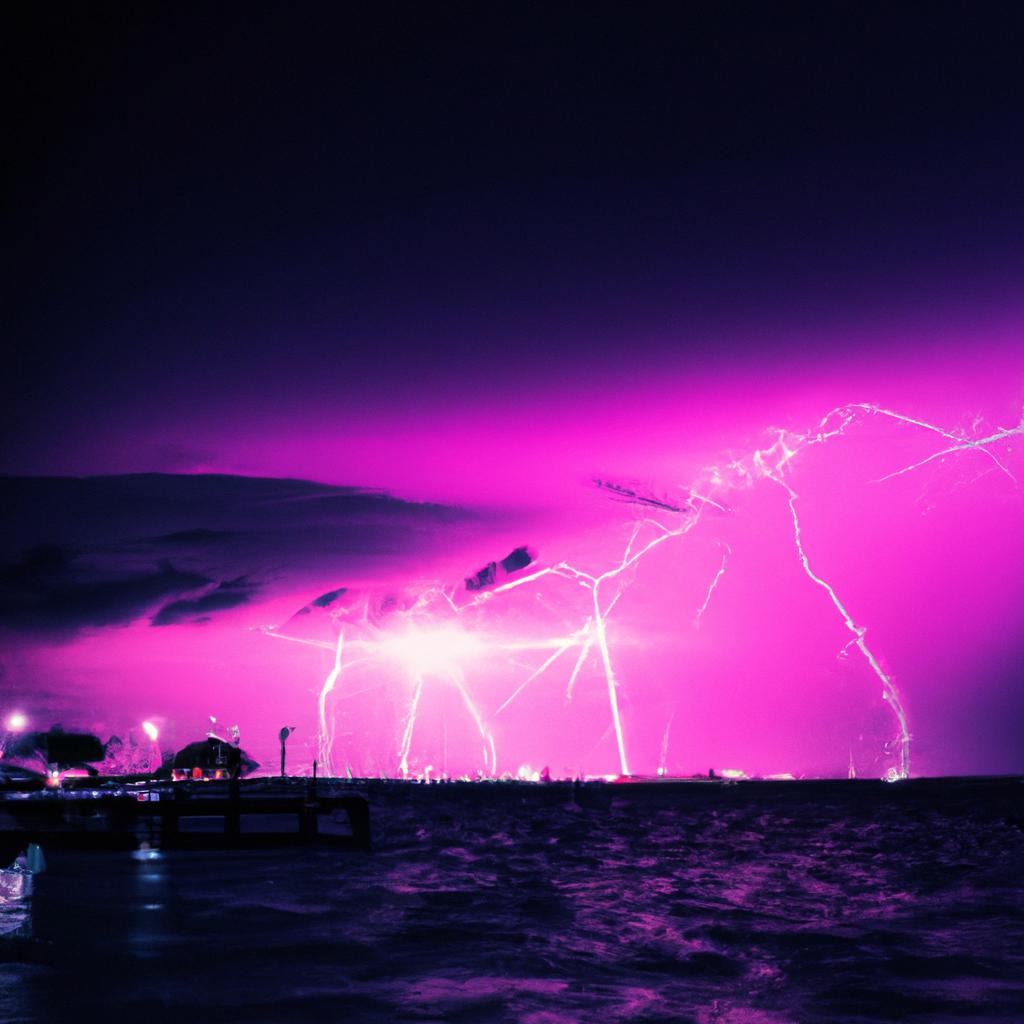Lago de Maracaibo, also known as Lake Maracaibo, is a dazzling brackish bay located in Venezuela, connecting to the Gulf of Venezuela in the Caribbean Sea. This extraordinary place is not only renowned for its natural splendor but also for the captivating lightning phenomenon that illuminates the night sky.
Unveiling the Marvel: Lago de Maracaibo Lightning
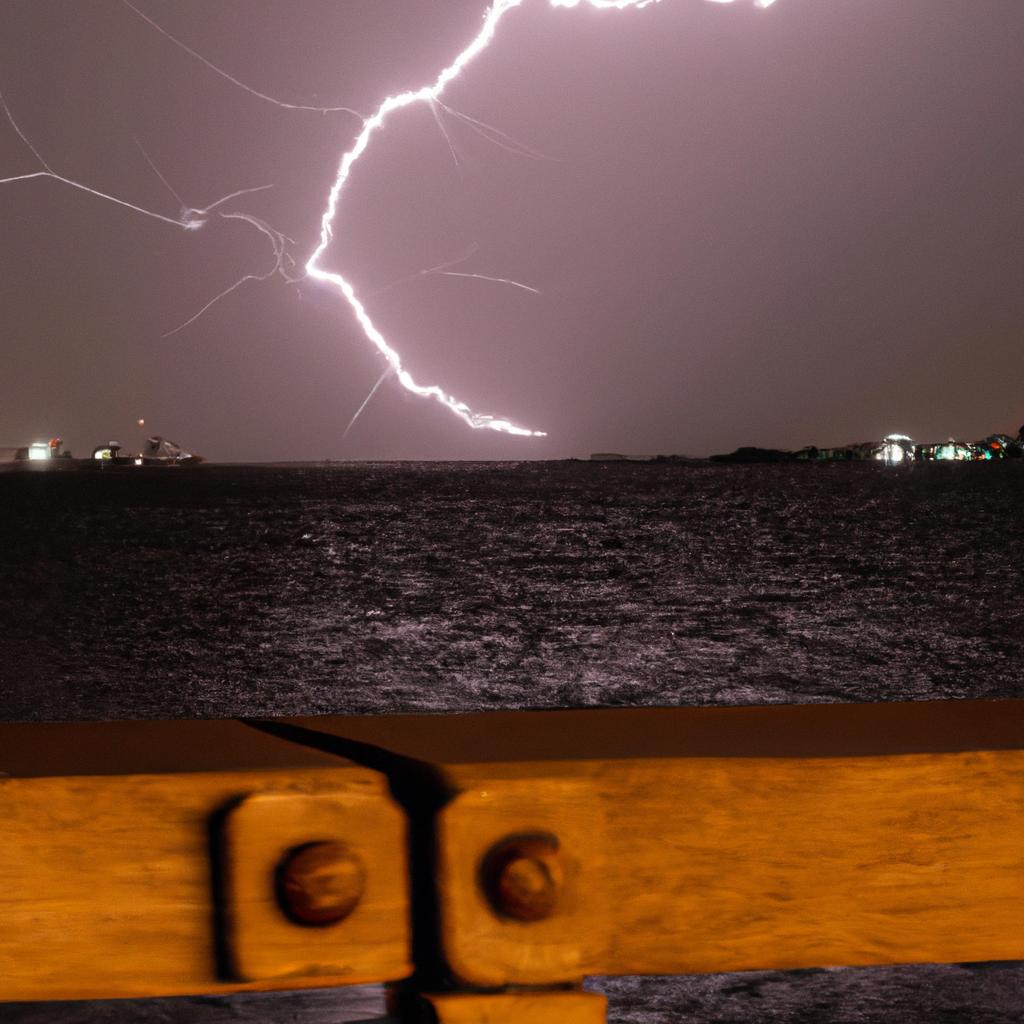
Demystifying the Lago de Maracaibo Lightning
Lago de Maracaibo Lightning is a remarkable natural occurrence that takes place over Lake Maracaibo in Venezuela. This incredible light show features thousands of lightning bolts that create a breathtaking display of sheer beauty. Unlike conventional lightning, this phenomenon is unique in its continuous nature, with flashes of light persisting for hours, illuminating the sky in a vivid spectacle.
Setting It Apart from Other Lightning Types
Lago de Maracaibo Lightning stands out from other types of lightning in several ways. Firstly, its continuous nature makes it distinct, as opposed to brief bursts seen in other lightning occurrences. Secondly, its location is crucial. Lake Maracaibo, surrounded by mountains, creates an exceptional environment conducive to the formation of lightning. Lastly, this lightning phenomenon boasts an unmatched frequency, occurring around 260 nights per year, making it one of the most common lightning events worldwide. Scientists and researchers are constantly intrigued by this frequency and continue to study this breathtaking wonder.
Unraveling the Mystery: Causes of Lago de Maracaibo Lightning
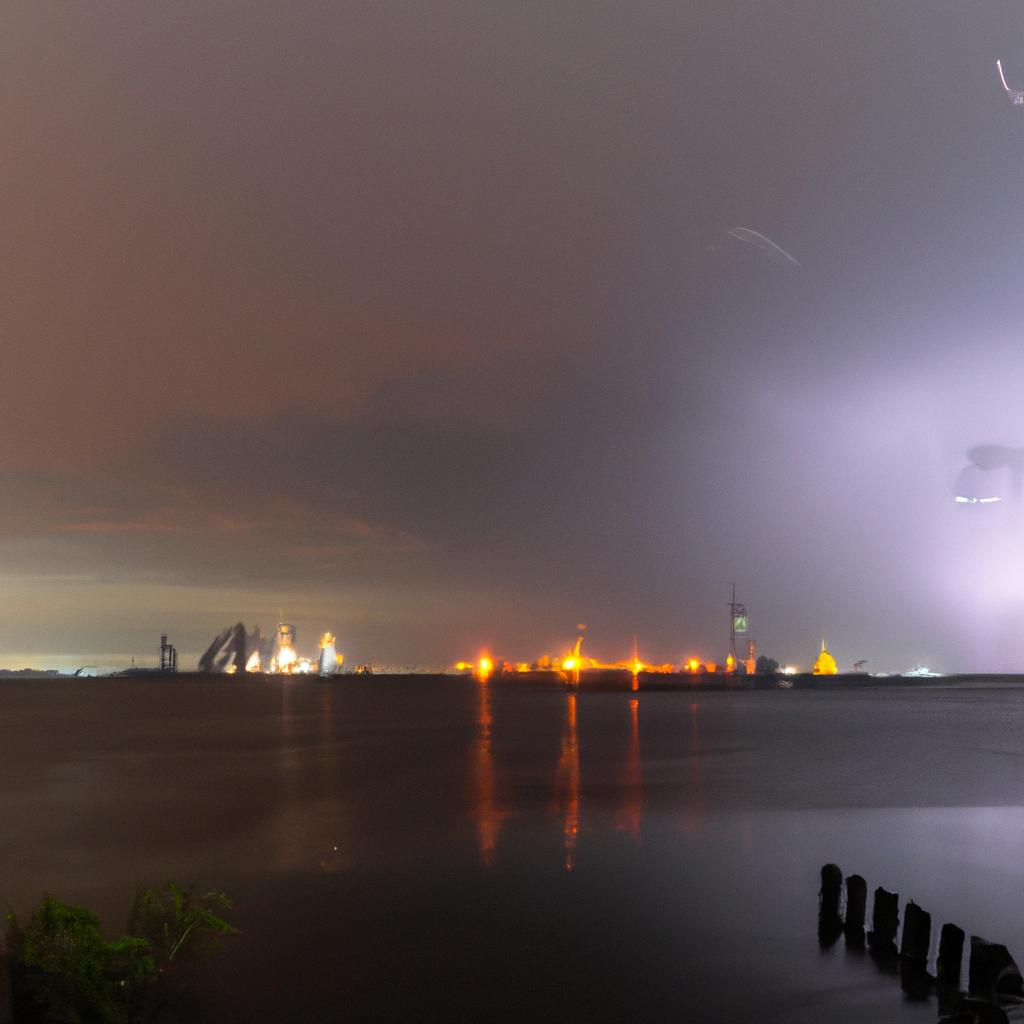
Lago de Maracaibo Lightning, being a captivating subject of scientific inquiry, can be attributed to various factors, including geographical, meteorological, and the influence of Lake Maracaibo itself.
The Role of Geography and Meteorology
The location and surrounding geography of Lake Maracaibo play a vital role in the occurrence of its lightning phenomenon. The lake sits in a region of Venezuela characterized by high humidity and heat, creating an unstable atmosphere. As warm, humid air rises from the lake’s surface, it collides with cooler air above, building up an electrical charge. This charge eventually discharges, giving rise to the mesmerizing lightning seen over the lake.
Additionally, the vicinity of Lake Maracaibo to the Andes Mountains and the Caribbean Sea creates a unique environment that contributes to this phenomenon. The mountains act as a barrier, forcing the warm, moist air to rise. Simultaneously, the sea breeze brings in cooler air, creating the perfect conditions for lightning to take shape.
The Significance of Lake Maracaibo
Lake Maracaibo, as the largest lake in South America and the fourth largest in the Western Hemisphere, plays a crucial role in the occurrence of Lago de Maracaibo Lightning. Its shallow depth, combined with its size and location, creates favorable conditions for lightning to emerge. The lake’s shallowness allows warm water to rise to the surface, resulting in a unique microclimate that contributes to the lightning phenomenon. Furthermore, the lake’s size and proximity to the Andes Mountains and the Caribbean Sea create an ideal environment for the unstable atmosphere necessary for lightning formation.
Understanding these intricate causes helps scientists and researchers gain insight into this extraordinary natural phenomenon and the distinct environment that fosters its existence.
The Impact Unleashed: Lago de Maracaibo Lightning
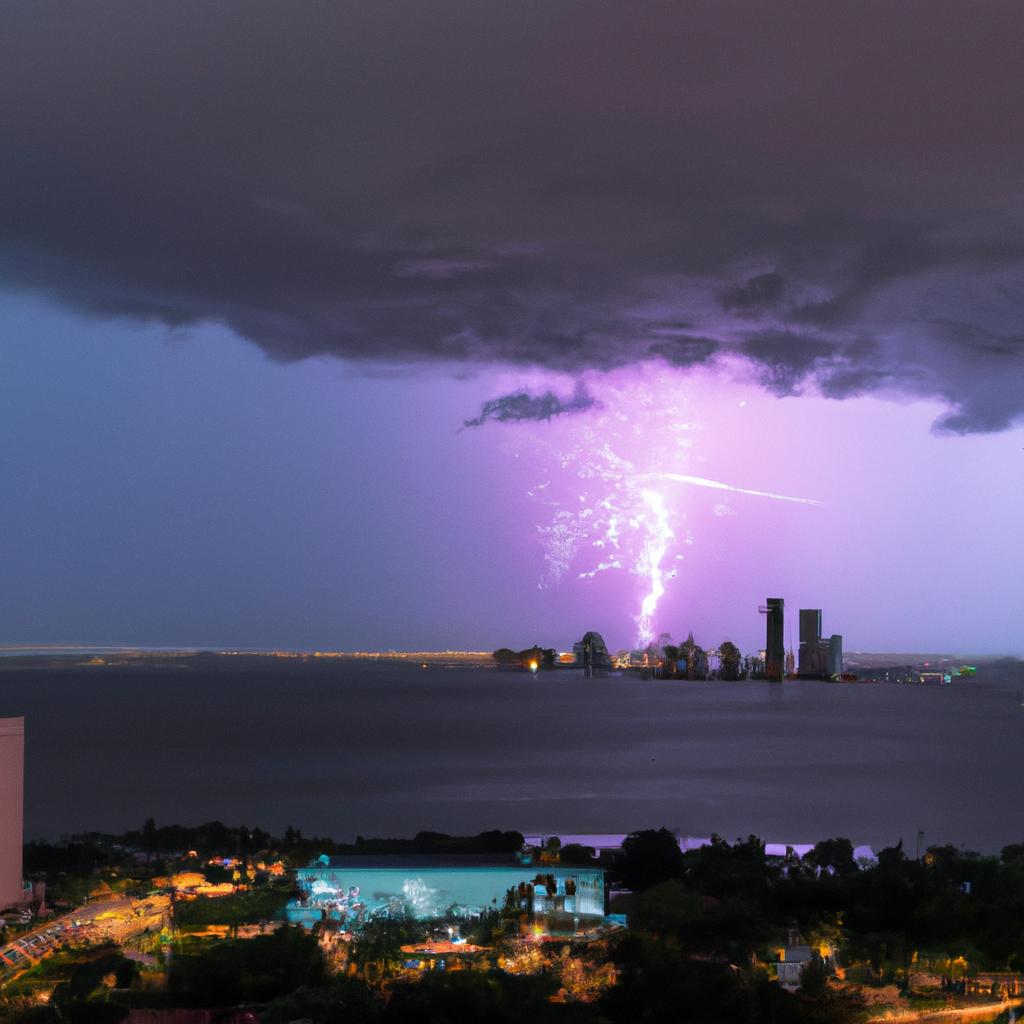
Lago de Maracaibo Lightning exercises a significant influence on the environment, local population, and economy.
Effects on the Environment and Ecosystem
The phenomenon’s impact on the surrounding environment and ecosystem is considerable. Lightning strikes can spark wildfires that devastate vegetation and jeopardize wildlife. Furthermore, the electromagnetic waves generated by the lightning can disrupt the behavior of animals, including migrating birds, sea turtles, and fish.
However, some researchers have suggested that the lightning may have positive effects on the ecosystem. The electromagnetic waves generated by the lightning could promote the growth of algae species, thereby providing a vital food source for aquatic animals, including fish.
Effects on the Local Population and Economy
Lago de Maracaibo Lightning also affects the local population and economy. Fishermen and boaters are at risk of lightning strikes while out on the water, posing danger to their lives. Additionally, lightning can cause power outages, disrupting daily life and business operations.
Despite these risks, the phenomenon has become a major tourist attraction that draws visitors from around the world. This influx of tourists has become a significant source of income for the local economy, generating job opportunities and boosting economic growth.
In summary, the Lago de Maracaibo Lightning phenomenon brings both positive and negative consequences to the environment, local population, and economy. While it poses risks and destruction, it also offers opportunities for scientific research and tourism, benefiting the local community.
Unveiling the Mystique: Research and Studies on Lago de Maracaibo Lightning
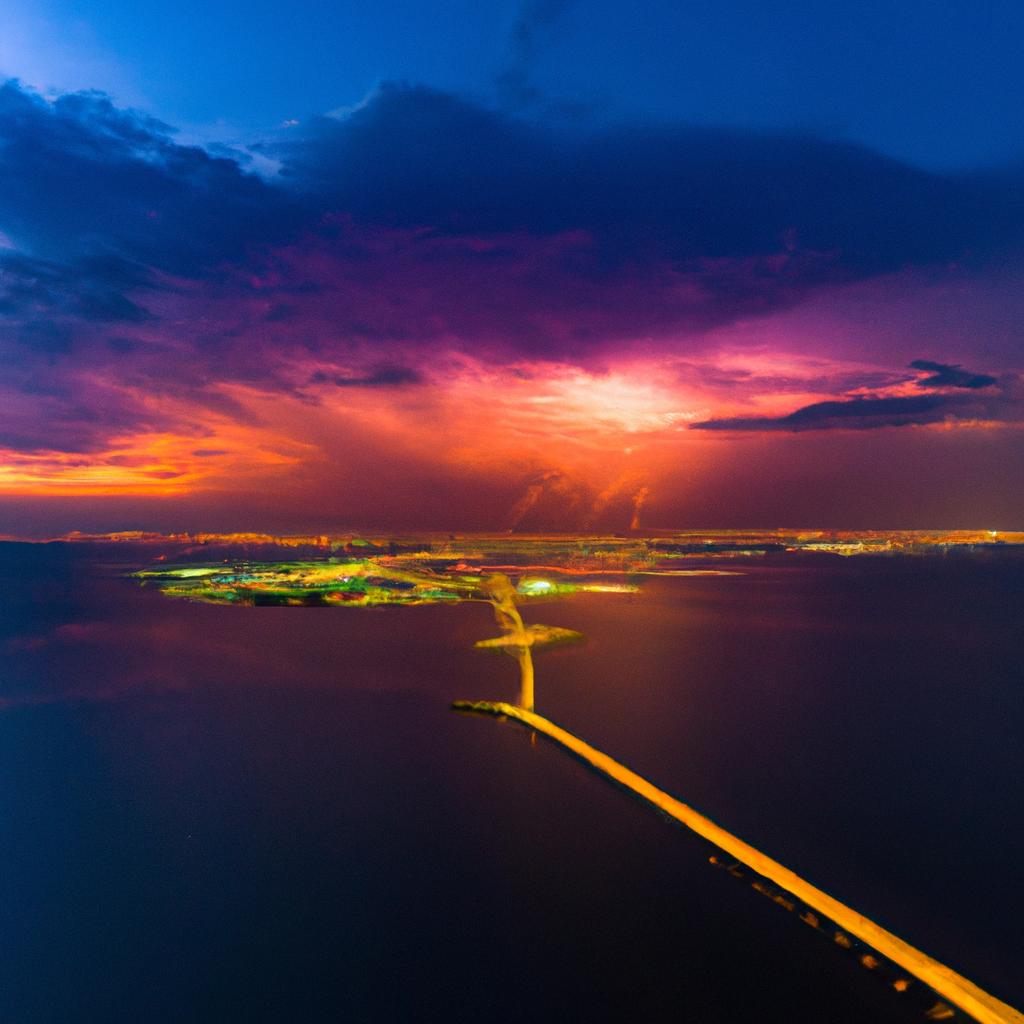
Historical Studies and Observations
The Lago de Maracaibo Lightning has been the subject of observation and study for centuries. The earliest known record dates back to the 16th century when Spanish explorer Alonso de Ojeda described it as “a fire in the sky” in 1499.
Throughout the years, numerous scientists and researchers have attempted to study and comprehend this captivating phenomenon. In the early 20th century, a group of scientists from the United States conducted a study revealing that the lightning was ten times more frequent than any other place on Earth. Since then, researchers have continued to investigate the causes and effects of this phenomenon.
Recent Scientific Research and Findings
Advancements in technology have led to more sophisticated scientific research on Lago de Maracaibo Lightning in recent years. In 2018, scientists from the University of São Paulo in Brazil utilized satellite data to analyze lightning patterns in the region. Their findings showed a link between lightning activity and the warm, moist air rising from the lake, interacting with cool winds from the surrounding mountains.
Another study conducted in 2020 by the University of California, Los Angeles discovered that Lago de Maracaibo Lightning not only exhibits beauty but also plays a beneficial role in the surrounding ecosystem. The lightning helps fertilize the water by providing essential nitrogen, promoting the growth of algae and other aquatic life forms.
These studies and observations have deepened our understanding of the Lago de Maracaibo Lightning phenomenon and its significance to the surrounding environment and ecosystem. As technology continues to advance, further research and studies hold the potential to unveil more of this natural wonder’s mysteries.
In Closing
Studying Lago de Maracaibo Lightning is crucial for enhancing our understanding of the natural world. This captivating phenomenon has mesmerized scientists, researchers, and tourists for centuries, intriguing us with its unparalleled power and beauty.
As we have discovered, an interplay of geographical, meteorological factors, and the unique aspects of Lake Maracaibo contribute to this phenomenon. The lightning’s impact on the environment, ecosystem, local population, and economy is substantial, making it a subject of significant interest.
Through historical studies and recent scientific research, we have gained deeper insights into Lago de Maracaibo Lightning and its mechanisms. However, there is still much more to unravel about this extraordinary wonder, and future research and studies hold the promise of shedding further light on its mysteries.
As a nature enthusiast, I cannot help but aspire to witness the Lago de Maracaibo Lightning someday. And for readers at TooLacks, I hope this article has ignited your curiosity and provided insights into this unique natural phenomenon and its significance. Let us continue exploring and marveling at the wonders of nature together.
For more enriching content, visit TooLacks.
